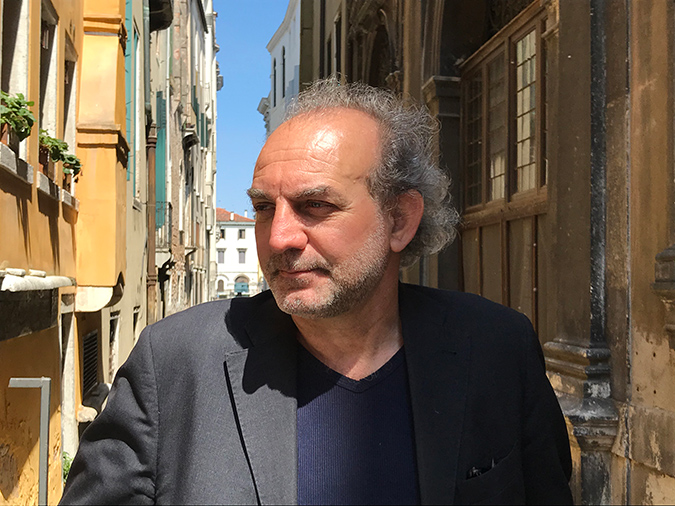
EDUCATION
In 1992, he graduated in architecture from the Iuav of Venice with a thesis on prisons. His interests have always turned to the project, the urban dimension, environmental issues, and the relationship between the languages of art and architectural composition. In developing his training, the relationship with Vittorio Spigai (his thesis supervisor), the ecologist Giovanni Abrami, the urban planner Bernardo Secchi, and the historian Roberto Masiero will be meaningful.
ARCHITECTURE
The first phase of his professional activity as an architect focuses on designs commissioned by private individuals and public bodies, especially in the Padua area where he lives. These are mainly residences, offices, cemeteries, public swimming pools, commercial spaces, and masterplan development, while at the same time, he participates in international competitions. In 2000, he established TA tuning architecture, firm focused on architectural design and neuroscience.
NEUROSCIENCE
The tension towards research, which has always been part of his path, thanks also to significant encounters, such as with Renato Bocchi first and with Juhani Pallasmaa in 2012 later, will lead him to an authentic turning point in the design methodology. Through neuroscience and environmental psychology, he will reflect on the possibility of conceiving an architecture in harmony with man's deepest needs.
In 2016 in Milan, with Lombardini22, he founded TUNED, a working group for applying neuroscience to architecture. In 2019 he joined the evaluation group of the annual London conference on the design of hospital structures. Finally, in 2023 he joined the ANFA Advisory Board. We are talking about the Academy of Neuroscience for Architecture in San Diego, California, the institute founded in 2003 to promote the dialogue between neuroscience and architecture.
UNIVERSITY CAREER
From 1992 to 1995, he was an assistant professor at the chair of scenography held by Prof. Luciano Testa at the Iuav of Venice. After this period, he left the University but remained connected to it through research and commitment to the publishing field. In 2017 at the Iuav, with Dean Alberto Ferlenga's support, he founded the Master NAAD Neuroscience Applied to Architectural Design. Sarah Robinson, Roberta Albiero, Juhani Pallasmaa, Renato Bocchi, Alberto Perez-Gomez, Harry Mallgrave, Alain Berthoz, and Giovanni Vecchiato join the board.
EDITORIAL ACTIVITY
In 1992 he began collaborating with Anfione and Zeto, first as an author in the Materials section of the Work and then, for a short time, as Editor-in-Chief. In 2015 he left the magazine.
At the beginning of the new millennium, in 2001, he founded TArch. This web magazine will be released only once, including Vittorio Gregotti, Bernardo Secchi, Roberto Masiero, Massimo Cacciari, Massimo Donà, Marco Biraghi, and others collaborate.
In 2018, the Intertwining magazine came out, for Mimesis Edizioni, with the co-direction of Sarah Robinson and Alessandro Gattara, dedicated to the relationship between architecture, the city, and the human sciences.
In 2023 he began his collaboration with the Il Giornale dell’Architettura, directed by Luca Gibello, as curator of the section dedicated to the relationship between architecture and neuroscience.
In December 2022, for Mimesis International, he published Tuning Architecture With Humans With Humans, a book elaborated on his research at the Iuav University of Venice on how neurosciences can support a genuinely human-centered turning point in the design.
In 2016 you published Tuned Architecture. Harmony Experience and Architecture written with Vittorio Gallese for Overview editions. In 2013 'The Architecture of Differences' was released for TArch editions